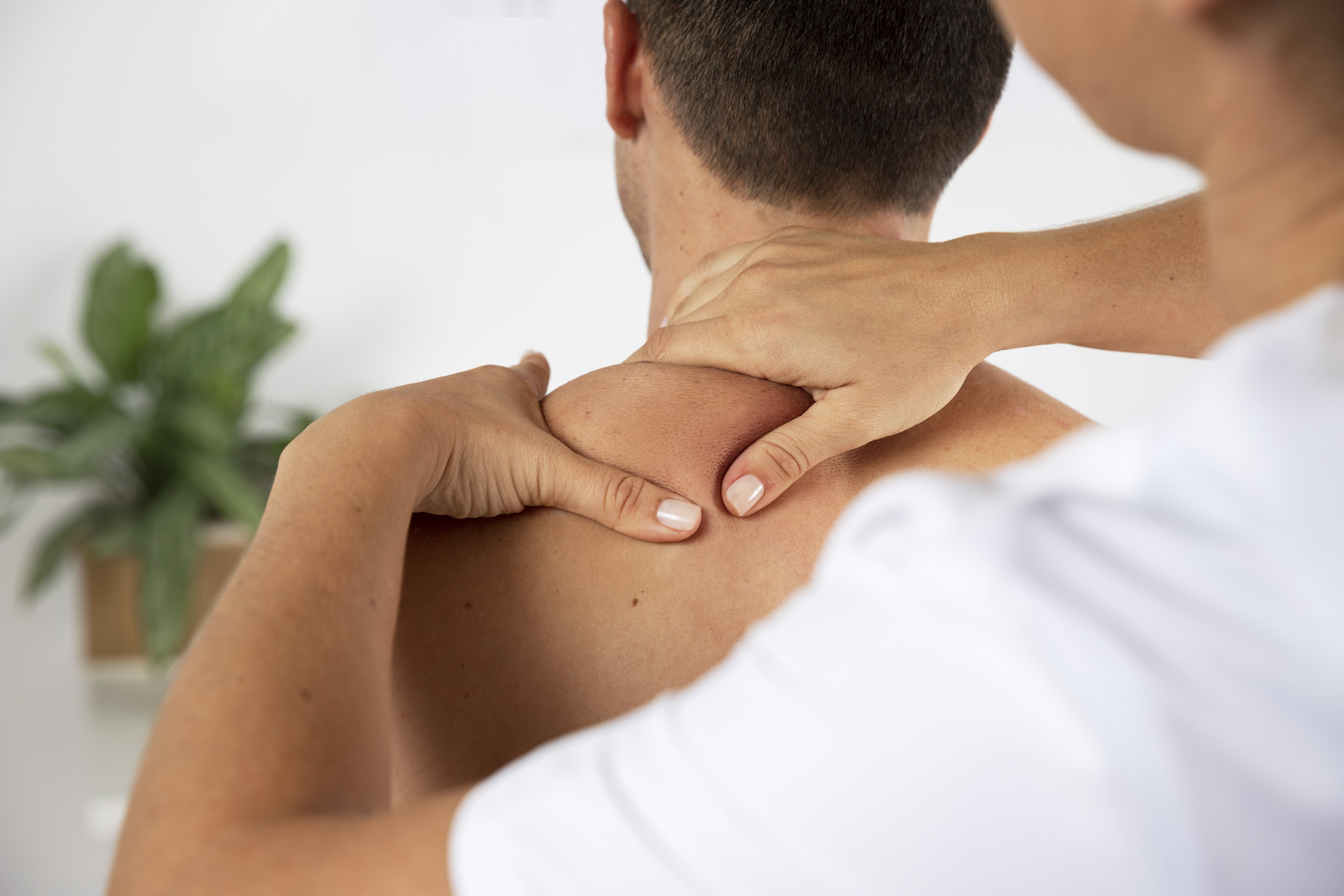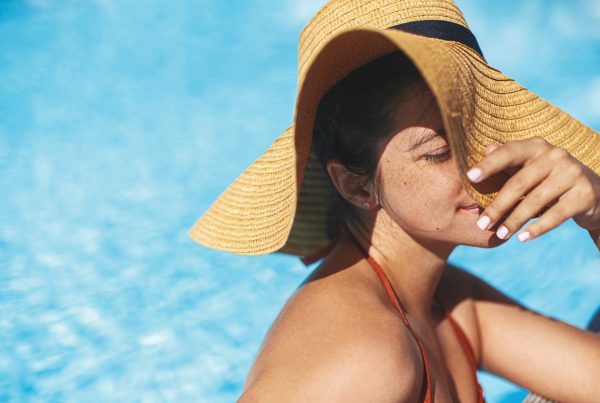This week, The Huffington Post <1> shared insight into athlete Anna McNuff’s remarkable challenge of running 100 marathons barefoot.
McNuff began her challenge in Shetland and will be travelling through Scotland, Northern Ireland and the Channel Islands and finishing in London. 100 marathons are exactly 2,620 miles and running this type of distance even in the most high-tech, specialised trainers is a feat in its own right. However, McNuff has set herself the challenge of running this distance barefoot, exposing her feet to all types of terrain and weather conditions along the way, and is expected to take around five months. She is completing this challenge on her own but is relying on the kindness of strangers for accommodation throughout the journey.
The athlete’s reasoning behind the challenge is to hopefully empower and inspire young girls. As the ambassador for Girlguiding UK, McNuff will be visiting different guiding groups each week. Throughout her journey, she wants to encourage these young girls to make their own big adventures a reality.
Since running barefoot and beginning her challenge, McNuff has noticed her feet widening and her toes have spread out to give her more support. At the same time, her calves and thighs have tightened because every part of the foot is being used.
FitPro’s editor, Olivia Hubbard, caught up with Roger Kerry FMACP, FHEA, MCSP, associate professor and senior tutor in the Division of Physiotherapy and Rehabilitation Sciences at the University of Nottingham to find out more about the effects of taking up barefoot running.
Professor Kerry told FitPro, “There isn’t too much research relating to longer term studies and barefoot running. The majority of the research conducted is short term. Gernerally, there don’t appear to be any detrimental effects. What’s key is the transitioning process. The transition from shoe to barefoot must be done slowly and should be closely monitored.”
The people who are successful at barefoot running have worked towards it. As Anna NcNuff points out in her Huffington Post interview, ‘The body is amazing’. This is the best quote in the article, in my opinion. Someone else could have all the motivation to run barefoot but it really does depend on training principles.
To conclude on the subject, Professor Kerry was keen to point out that chartered physiotherapists aren’t either for or against barefoot running – adaptation is the key take-home message here. For example, a runner must reduce the height of the heel of the shoe gradually. As stated in McNuff’s own commentary, her feet have widened as a result. When it comes to the ‘over-engineered’ footwear on the market, Professor Kerry has no hesitation in saying that consumers are indeed being misled into buying over-technical footwear. Our conversation explored the ‘over-pronation debate’ – one for another time perhaps. Professor Kerry certainly defends individual running styles, saying they “should not be tampered with” – Paula Radcliffe’s nodding head is a perfect example. When physiologists attempted to modify Radcliffe’s asymmetric bobbing head motion, it was detrimental to her running economy.
In summary, personal running ability and technique should be monitored and correct training protocols should be delivered if a runner wishes to transition from a cushioned shoe to a more minimalist footwear option. We should also remember that the human body is remarkable – let’s not underestimate its capabilities or restrict natural movement: natural movement which is personalised and individual.
What the research says
A recent source of information that details the evidence linked to barefoot and minimalist running is a research paper by podiatrist, Craig Payne. Published in 2016, Payne provides a reflective insight into why the trend of barefoot running began.
Introducing the topic, Payne says that barefoot running and minimalist running have gained considerable popularity in recent years; this popularity has largely been down to the success of the book Born to Run by Chris McDougal published in 2010 along with a research paper by Lieberman et al <2> that looked at foot strike patterns and collision forces in habitually barefoot versus shod runners.
Payne explains that, in the beginning, there was little to no research that showed any benefit gained from the technical features that were being built into running shoes and that were claimed to prevent running injuries. Equally, it would seem that much of the advocacy for barefoot running was driven by anecdotes and testimonials from social media influencers. It would seem that early research was generally misinterpreted (including that by Lieberman et al) and quite extravagant, unsupported claims were made for going barefoot.
Since these early days, some studies have looked at running gait and running economy, whilst others have attempted to evaluate injury rates. According to Payne, “All reviews reached the same conclusion that there were no systematic benefits of barefoot or minimalist running over shod running”.
Payne concludes, “There is nothing wrong with barefoot running provided that the tissues that have an increased load on them are given time to adapt to these loads and in some people that increase in loads may be too great. This also means that it has potential to help some runners by reducing the load in a problematic tissue. What is wrong with barefoot running is the claims that get made for it by those that promote it are not supported by the current understanding of the preponderance of the evidence”.
References
<1> https://www.huffingtonpost.co.uk/entry/meet-the-woman-running-100-marathons-barefoot-across-britain_uk_5cfa5a92e4b006ad194fea97?utm_hp_ref=uk-fitness
<2> Lieberman DE, Venkadesman M, Werbel WA, Daoud AI, D’ Andrea S, Davis IS, Mang’eni RO, Pitsiladis Y. Foot strike patterns and collision forces in habitually barefoot versus shod runners. Nature. 2010; 463:531-5.







